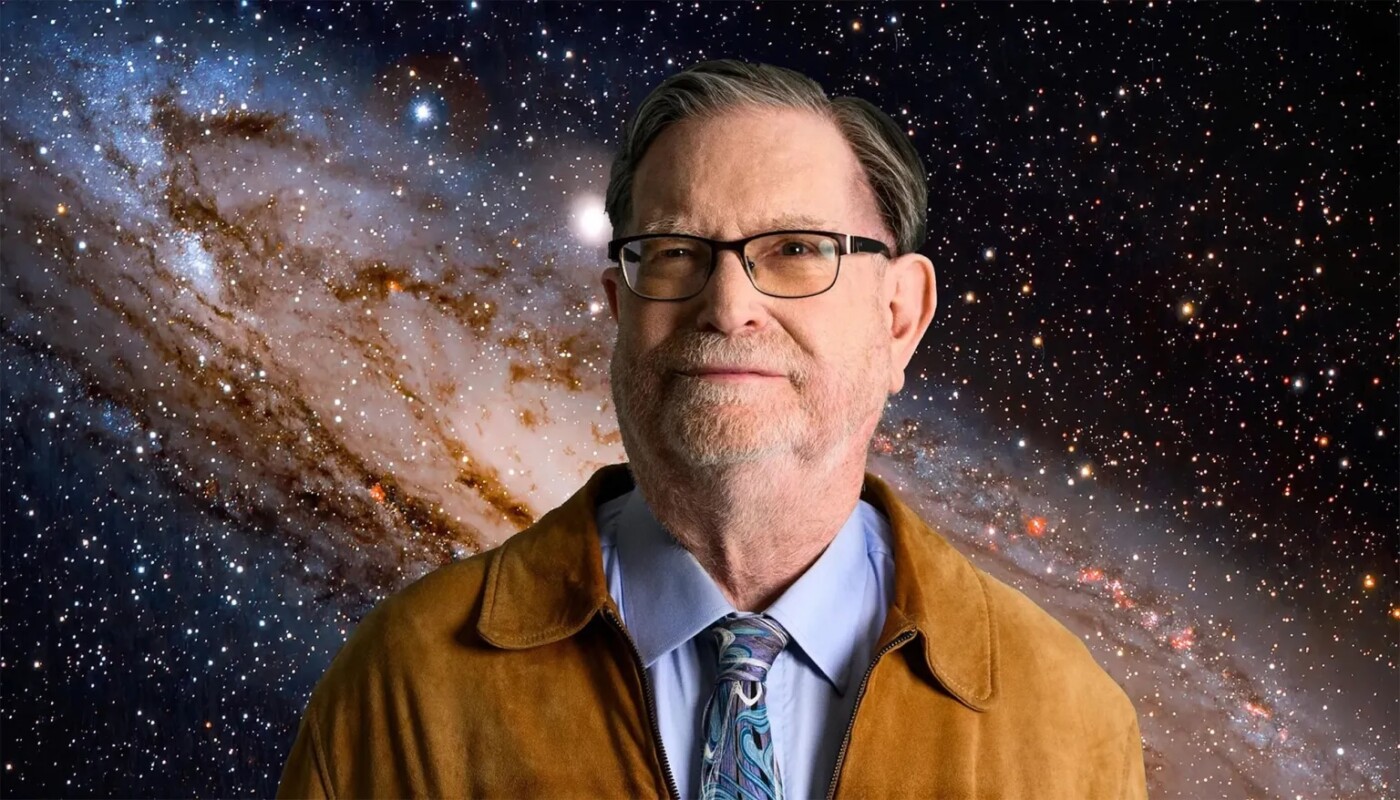GEORGE FITZGERALD SMOOT III, a Nobel Prize-winning physicist whose experiments about space provided some of the most convincing evidence that the universe began with a Big Bang, died on Sept. 18 in Paris.
He was 80, according to a news release Tuesday from University of California, Berkeley.
The cause was a heart attack, according to UC Berkeley, where he was a professor emeritus of physics.
Smoot rose to international prominence in 1992 when he and his colleague, John Mather of NASA, unveiled images of the cosmic microwave background — the faint afterglow of the universe’s birth nearly 14 billion years ago. The measurements came from NASA’s Cosmic Background Explorer, or COBE, a satellite launched three years earlier.
The finding was more than just a technical milestone. It transformed cosmology from a speculative field into a precision science.
“If you’re religious, it’s like seeing God,” Smoot told a packed press conference at the time.
His work revealed what was described as “fluctuations equivalent to 1 part in 100,000 in the 2.7 degree Kelvin microwave glow”, which discovered how the early universe’s primordial soup eventually condensed into galaxies, stars and planets.
The late Stephen Hawking hailed it as “the greatest scientific discovery of the century.”
In 2006, Smoot and Mather shared the Nobel Prize in Physics. The committee cited them for “the discovery of the blackbody form and anisotropy of the cosmic microwave background radiation.”
“Those measurements really confirmed our picture of the Big Bang,” Smoot said. “By studying the fluctuations in the microwave background, we found a tool that allowed us to explore the early universe, to see how it evolved and what it’s made of.”
A life in physics
Smoot was born in Yukon, Florida, on Feb. 20, 1945. His father was a hydrologist with the U.S. Geological Survey while his mother was a science teacher and school principal. He grew up partly in Alaska, an experience he had described as discovering “a new way of life more directly linked with nature and the juxtaposition to modern technology and understanding of mankind.”
He studied mathematics and physics at the Massachusetts Institute of Technology and earned a doctorate degree in experimental elementary particle physics there in 1970. He moved to Lawrence Berkeley National Laboratory as a postdoctoral researcher under the group of Luis Alvarez, a Nobel laureate and UC Berkeley professor of physics.
After early experiments with cosmic rays and balloon-borne instruments, he turned to the nascent field of cosmology. With Richard Muller, another member of Alvarez’s group, he developed instruments to measure temperature differences in the cosmic microwave background, even mounting a radiometer on a U-2 spy plane. Their results hinted at the motion of the Milky Way through the cosmos.
In 1974, Smoot submitted a proposal to NASA to launch a satellite designed to measure the microwave background with unprecedented precision. It was eventually merged with others, and he teamed up with Mather. COBE launched in 1989 after 15 years of development. More than 1,000 people contributed, including a 40-member team at Berkeley Lab.
Beyond the Nobel
Smoot joined the UC Berkeley faculty in 1994. Three years later, he helped found the Berkeley Center for Cosmological Physics, which he later endowed with $500,000 from his Nobel winnings.
The prize “brought a new dimension” to Smoot’s life, he wrote.
He began traveling widely to lecture and explain the mysteries of the universe to the public. He appeared on the sitcom The Big Bang Theory and, in 2008, won $1 million on the television game show “Are You Smarter Than a Fifth Grader?”
“He was somebody who always enjoyed looking ahead to what was happening in the world and what was coming next,” said Saul Perlmutter, a fellow Nobel laureate at Berkeley. “He would come to your office and explain to you why you had to change something you were doing because of what was about to happen. Almost always, I had that feeling that he was right, but it was very hard to operationalize any of the advice!”
He went to Universite Paris-Cite, where he had taught physics since 2009. He was also an affiliate of the Laboratoire Astroparticule et Cosmologie, according to UC Berkeley.
At the Paris astrophysics center, colleagues described him as a “larger than life character” who “revolutionized our understanding of the cosmos and placed cosmology on a firm experimental footing.”
In later years, he applied his knowledge to practical challenges like air quality and medicine and launched educational initiatives, including a popular online course titled “Gravity!”
“(George Smoot) was somebody who always enjoyed looking ahead to what was happening in the world and what was coming next.”
Saul Perlmutter, UC Berkeley Nobel laureate
Along with journalist Keay Davidson, Smoot wrote in 1994 a popular science book, “Wrinkles in Time,” recounting the COBE team’s work.
He was a member of the National Academy of Sciences and received numerous awards, including the Gruber Prize, the Einstein Medal, the Lawrence Award from the U.S. Department of Energy, and NASA’s Medal for Exceptional Scientific Achievement.
Smoot is survived by his sister Sharon Smoot Bowie of New London, New Hampshire; two nieces; and his partner Nora Csiszar of Paris.
The post George Smoot, Berkeley Nobel physicist who mapped the universe’s afterglow, dies at 80 appeared first on Local News Matters.
